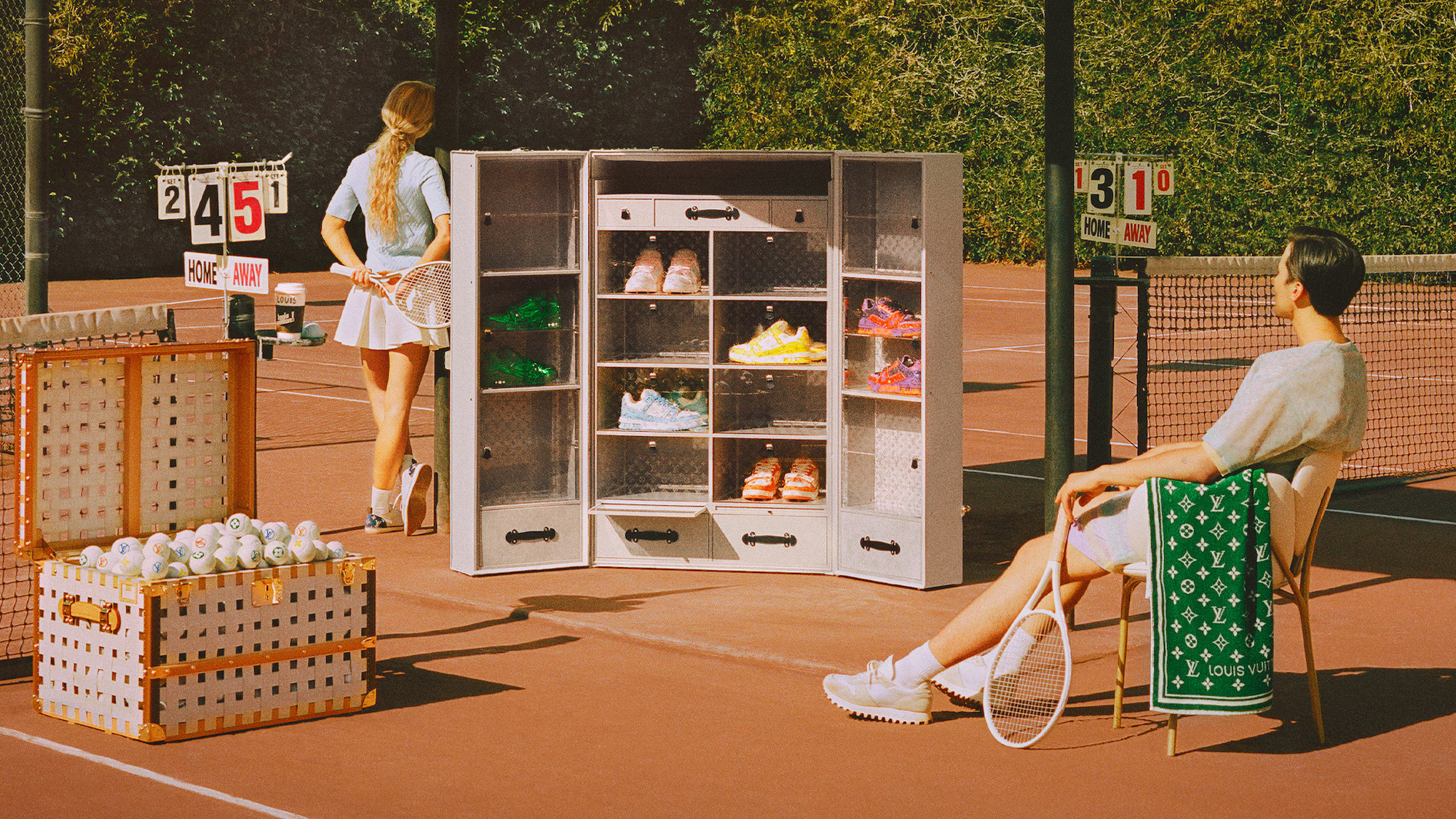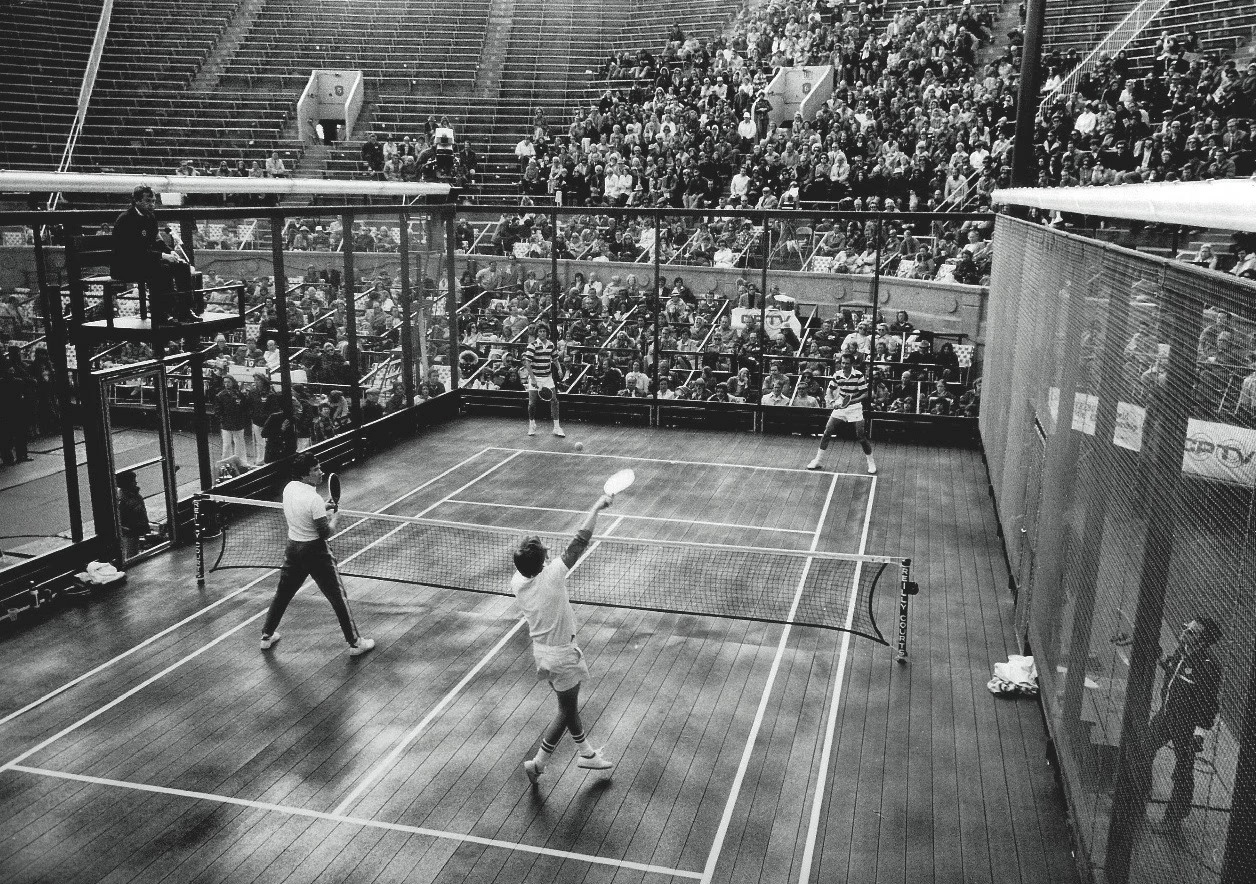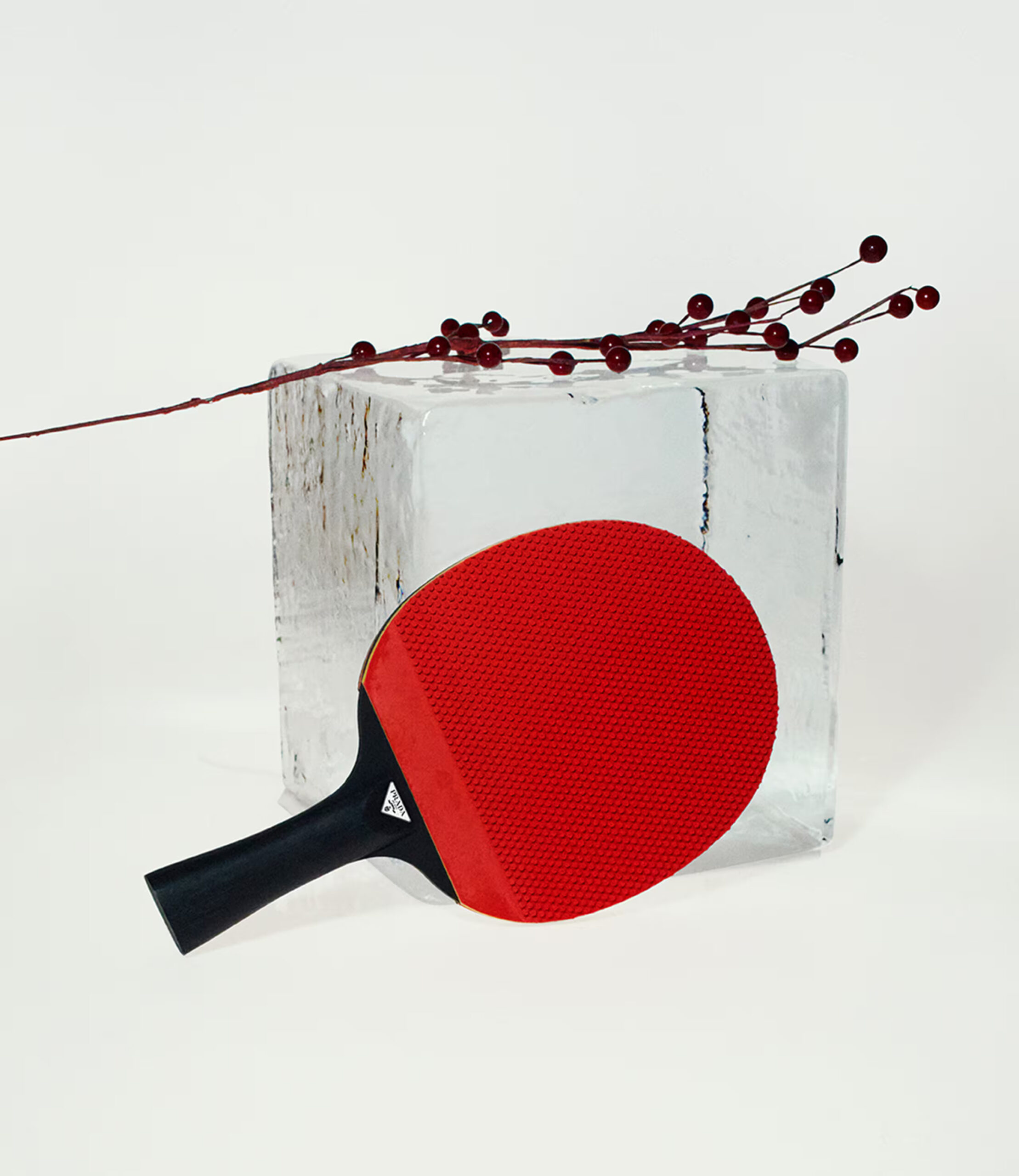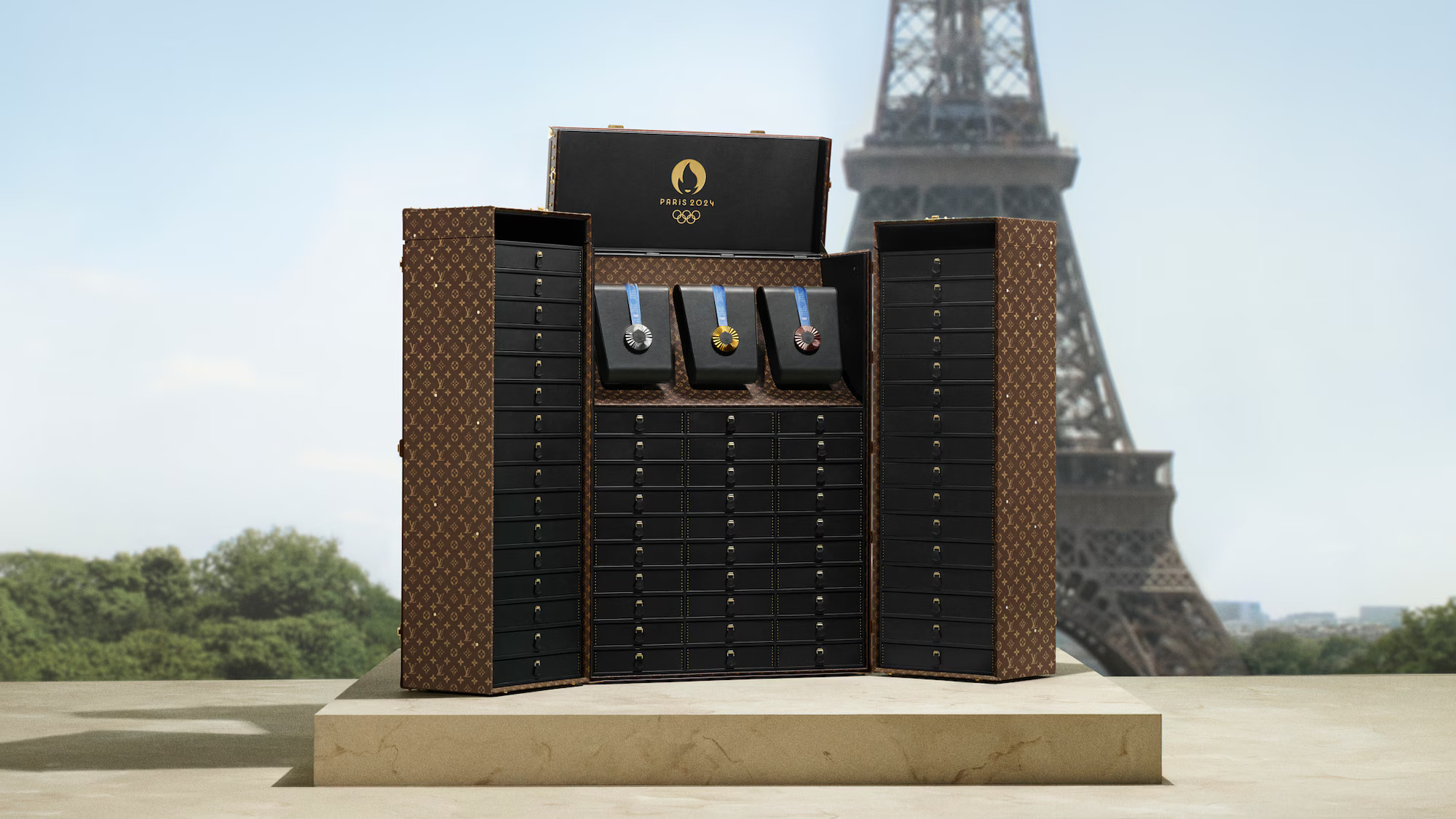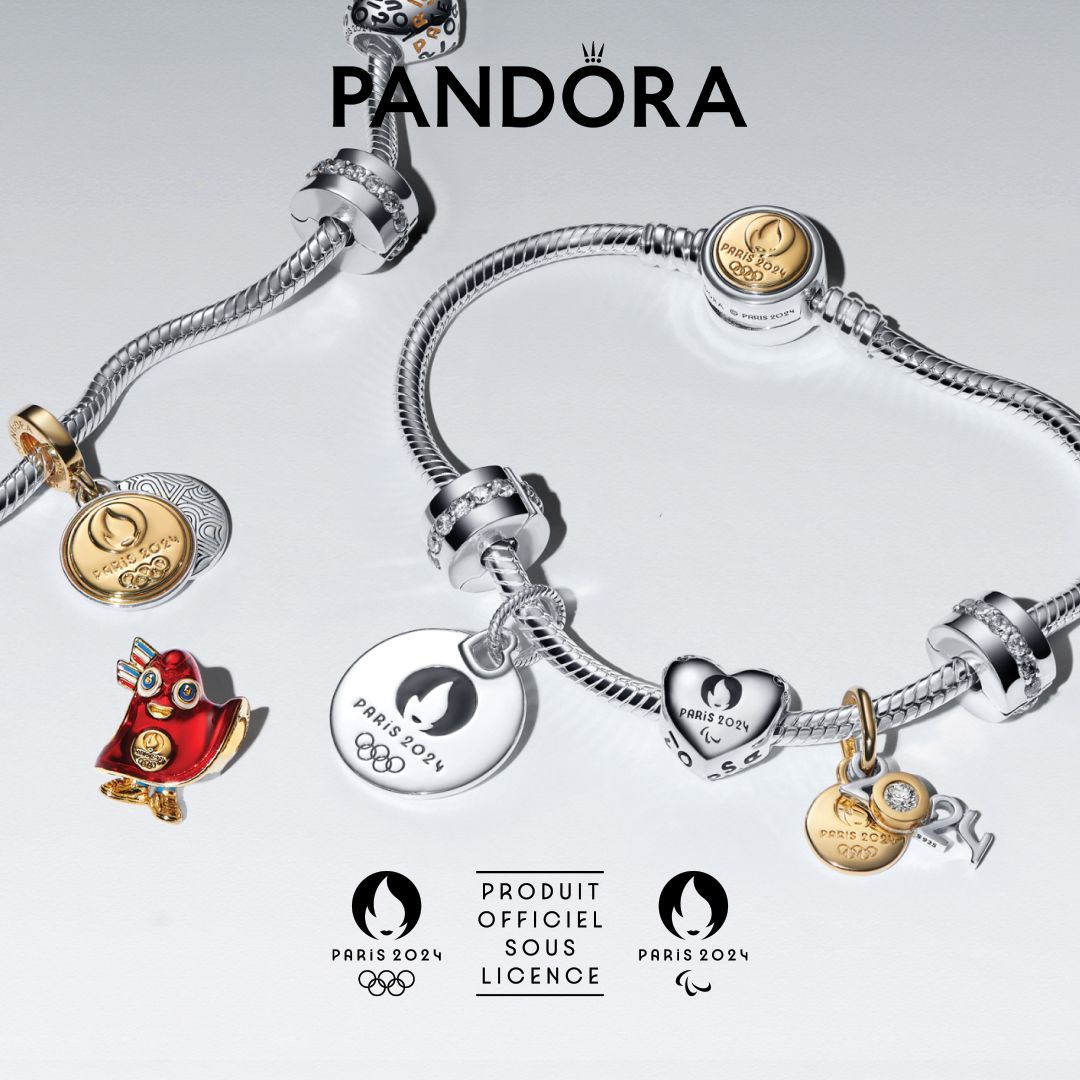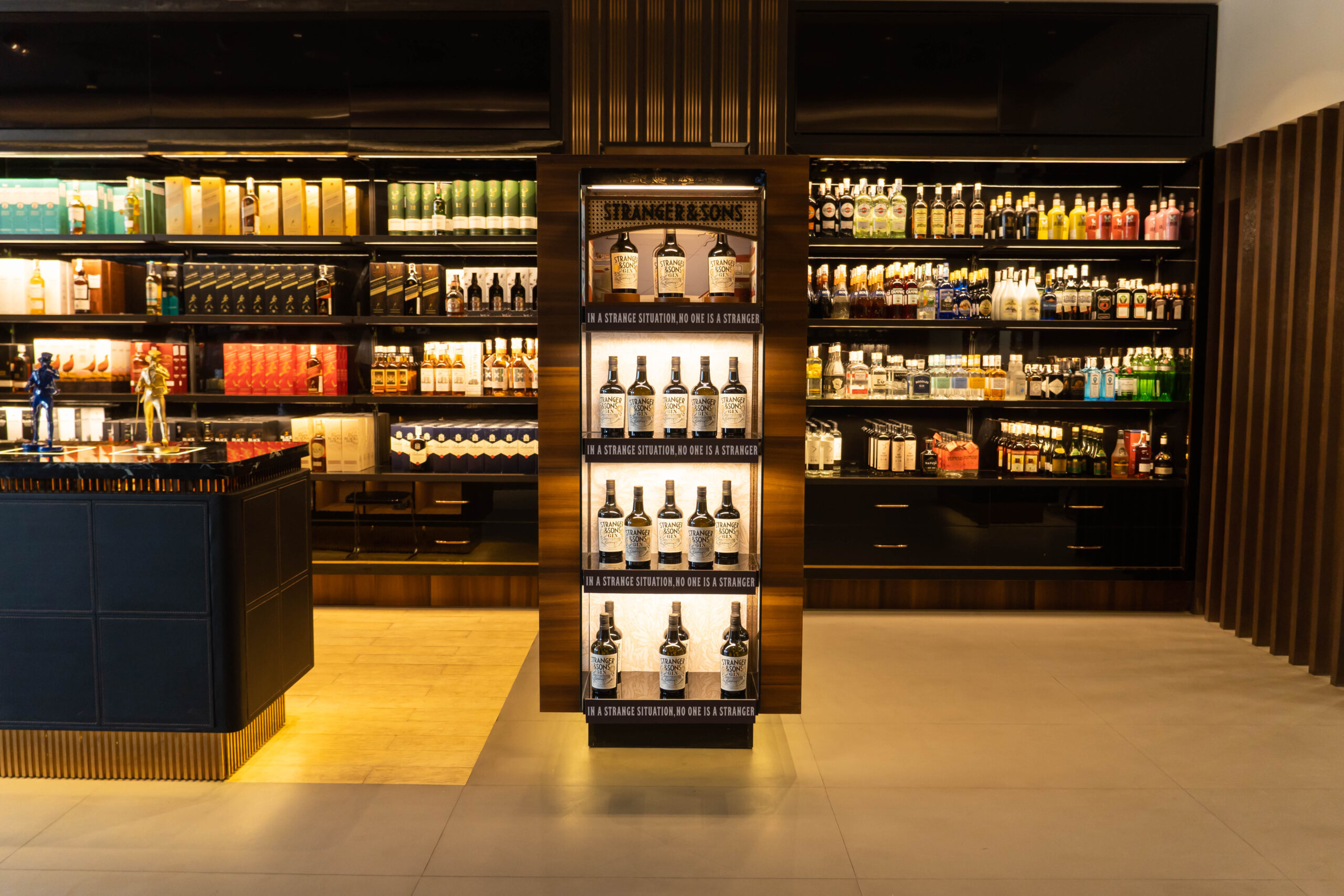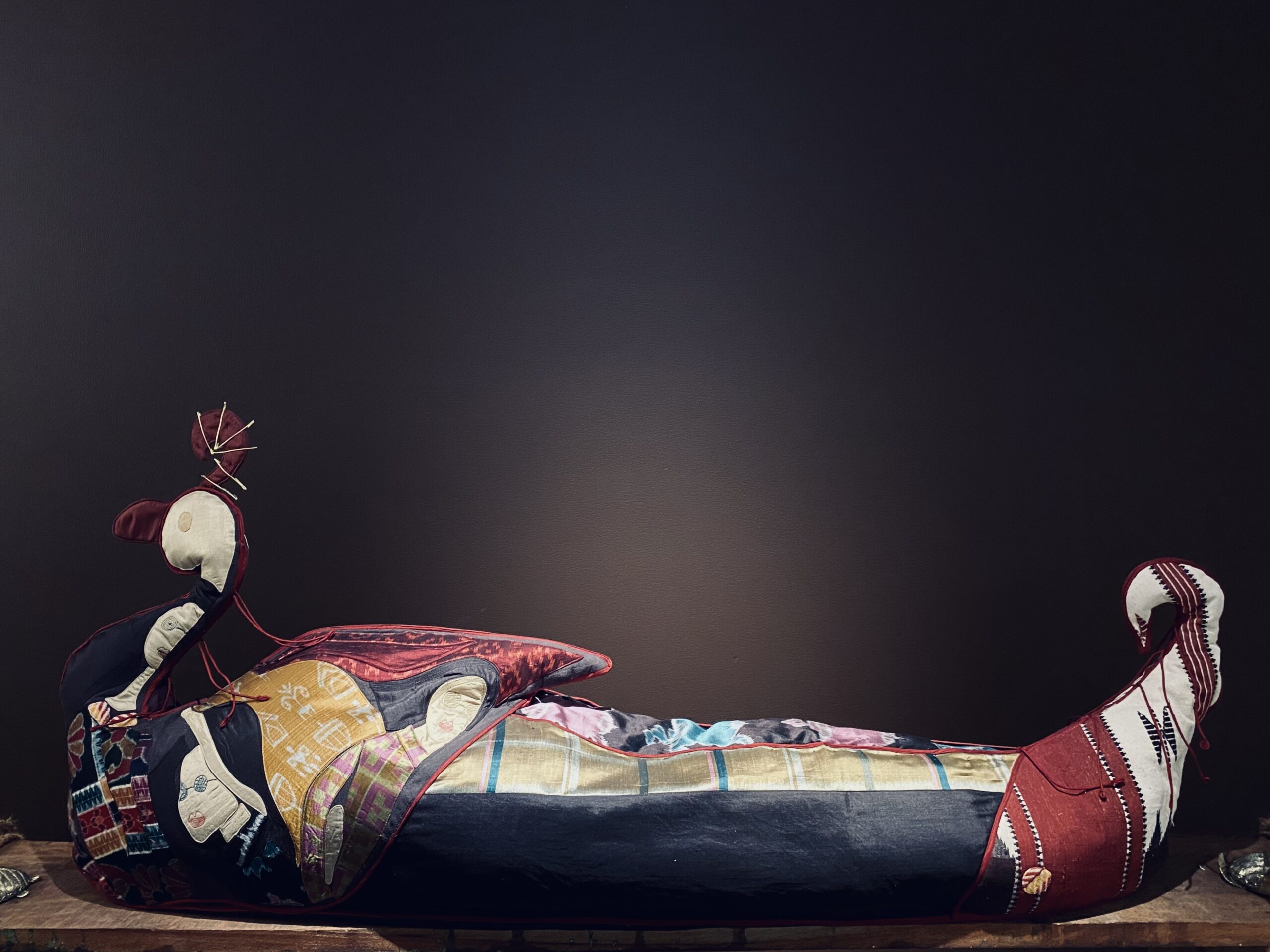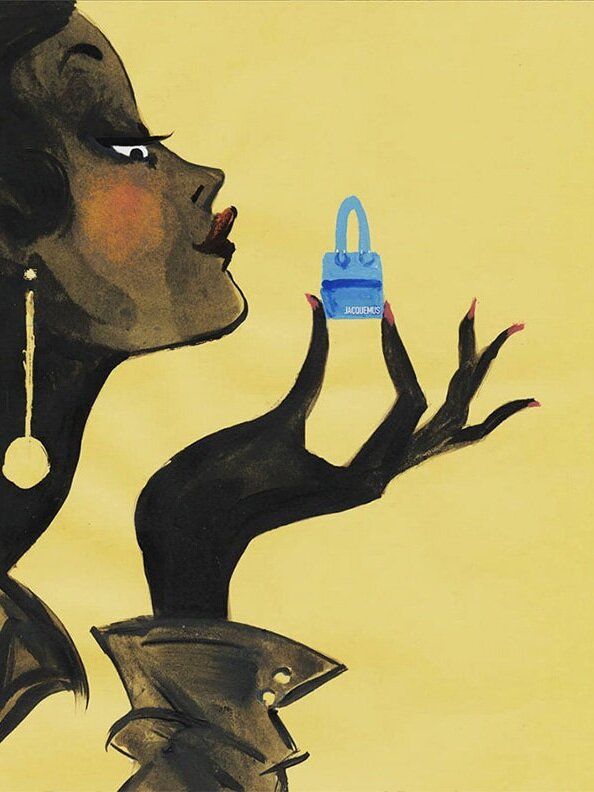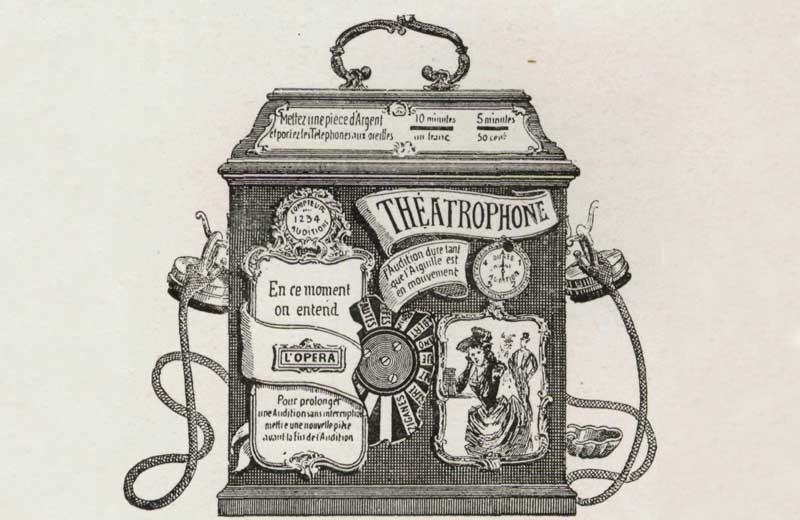Naomi Osaka, a Japanese tennis player and a four-time Grand Slam singles champion, became the face of Louis Vuitton circling a circuit of decisions. A coveted sportsperson and her centre-stage spot at a leading luxury brand is one of several such relationships that leave much to explore. This spans across brand strategies, their success or otherwise, and most importantly — what does the audience feel? Svasa Life aims to understand and detail how affiliations between luxury brands and sports open up avenues to a vast and diverse demographic, which connects with the sportsperson’s on- and offline presence.
Sports and luxury have long shared a relationship in one form or another. Looking back, croquet, a sport similar to cricket, which involves hitting wooden, plastic, or composite balls with a mallet through hoops, was invented shortly after 1066 for entertainment in the Royal Court and played extensively by nobles and royals, alike. Today, in modern times, and at this intersection is a new racquet sport, padel — doing the rounds amongst popular names, and of course, on social media. Once lesser-known than its other racquet-and-ball counterparts, padel has attracted attention from movie stars and top brands alike. Sports icons like David Beckham, Lionel Messi, and Maria Sharapova are frequently spotted indulging in the sport and highlighting its appeal, attracting a broad and enthusiastic following. This luxurious brand refurbishment of padel is being propped up by an orchestrated inclusion of luxury brands, backed up by sports legends’ endorsements and celebrities’ approvals — confirming that this is more than a trend.
Padel combines elements of tennis and squash and originated in Mexico in the ’60s. The sport is said to have been invented by sports enthusiast Enrique Corcuera when he adapted his squash court to incorporate the gameplay of tennis. Today, the game is still on its way to being accessible, with efforts from padel associations around the world. In India, through the Hudle app, people can find paddle courts around their houses. After having tried the sport myself on numerous occasions, I can attest that padel retains the glamour and aestheticism of tennis while offering fast-paced action. With its smaller, enclosed court, a mixed dynamic is easy to foster amongst players of varying skill levels.
Padel in the olden days. Image Courtesy Padel AC.
The inclusion of such sports in the audience’s daily lives — whether online or in-person — has created a viable ecosystem for brands to thrive. High-end brands create capsules of collections to curate a lifestyle and have been eagerly collaborating with the sport after recognising its inclusion in the daily lives of their consumers.
Several luxury brands have harnessed the popularity of padel by creating a luxury sportswear collection. Prada, known for its distinct aesthetic, has launched a padel racquet in its quintessential Prada-esque design that cannot be differentiated, aesthetically or design-wise, from any of its other lifestyle offerings. Babolat, a veteran of racquet sports with its long-standing tennis and badminton heritage, has launched a vertical that caters to the sport as a whole.
(L-R) Prada’s padel racquet; and their ping-pong paddles, highlighting the inclination toward sports
The relationship goes beyond padel. Sports and luxury brands have shared a relationship for a long — through endorsements, sponsorships or even sportsperson-brand affiliations, it’s a proven partnership. Some of the most notable and promising evidence is in the affiliation of Omega as the official “timekeepers” of the Olympics — a long-standing partnership that highlights the interplay of wealth and sports. The upcoming 2024 Olympics in Paris also presents an important opportunity for luxury brands to be more involved in the world of sports as it aligns well with their ethos of globalisation. This year, the Louis Vuitton-Moët-Hennessy group has come on board as a sponsor, with a hefty contribution of €150 million — and in several ways, goes beyond its monetary value. The Olympic torch which commemorates the event, was unwrapped from a custom-made Louis Vuitton trunk to begin the torch relay on French soil, which LVMH-owned beauty retailer Sephora sponsored. They also created the medal trays for the various victory ceremonies, while their jeweller brand Chaumet designed the medals themselves. LVMH’s involvement (in the Olympics) should “enhance the image of the group and its houses,” Antoine Arnault, Bernard Arnault’s eldest son, who is leading the Olympic partnership across the LVMH group, as noted by Financial Times.
Louis Vuitton’s custom trunks for the Paris Olympics 2024
The event has also inspired collections, such as at Pandora. The jewellery brand has released a collection of bracelets with curational charms reflecting elements of the event to showcase their support for the Olympics and Paralympics. The collaboration between Fenty Beauty, an inclusive make-up brand by Rihanna, and the Olympics 2024 goes beyond being involved simply in the games. Staying true to its ethos of inclusivity, the brand has curated makeup kits and expert beauty advice for 600 young volunteers at the Olympics, making a point to highlight and celebrate everyone involved in the event.
(L-R) Pandora’s limited-edition Olympics 2024 collection; Paris 2024 Bronze Gold Edition by Omega
The trend of luxury brands embracing the world of sports emphasises exclusivity, performance, innovation and a certain kind of lifestyle. Aligning with sports elevates brands to tap into the aspirational aspects of aestheticism, health and vitality. This strategy helps them appear younger, appealing to a more active demographic that prioritises fitness and lifestyle as an integral component of their identity. For instance, Chanel’s line of skateboards has broadened their appeal to streetwear, while reinforcing a new-and-improved “youthful” image. At the same time, the association of America’s Cup, a sailing competition with Louis Vuitton reflects maritime heritage and reinforces the brand’s commitment to exploring and maintaining sports partnerships through their bespoke collections, featuring athleisure essentials like caps, windbreakers, sneakers, swim trunks, amongst others.
According to a report by McKinsey & Company, the global sports apparel market is expected to grow at a compound annual growth rate (CARG) of 7% till 2027. While this growth is driven by increasing health consciousness, the rising popularity of “athleisure” — a trend of wearing athletic wear in a casual, non-athletic setting — is also a contributing factor. With collaborations like Gucci x The North Face, luxury brands are capitalising on this trend by exemplifying the need to merge luxury fashion with outdoor performance wear, which opens up luxury brands to a newer demographic, rather than pigeonholing their existence to inaccessible glamour.
By embracing and including sports, luxury brands seem to be redefining their role from mere product providers to curators of holistic lifestyles — perhaps prioritising health, vitality, and superior performance. This shift aligns with contemporary values that merge with active living, which blends bespoke design with an athletic inclination. Their involvement in sports reflects a deeper understanding and appreciation of consumers’ desires for balance and high achievement. This new era of luxury brands celebrates a lifestyle where sophistication and physical prowess converge, turning otherwise ordinary moments into refined experiences.
Words by Esha Aphale.
Image Courtesy Louis Vuitton.
